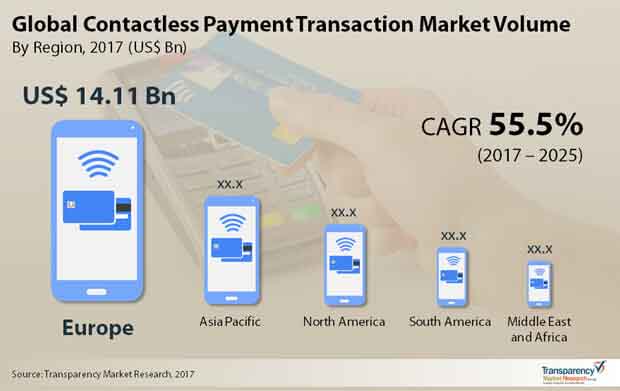Internet of Mobility (IoM) creates a unique platform through which companies focus on the development of intelligence mobility systems by connecting the product innovation to inter connect, electrify and automate with the business in order to solve major problems of consumers. Connected mobility has gaining significant popularity which enables on-demand mobility services to transport passenger as well as goods from one point to another.
Rapid urbanization and increased adoption of new technologies in smart cities for better connected network are likely to boost the demand for internet mobility during the forecast period. Increased government spending to build and develop highway infrastructure is a key factor driving the Internet of Mobility market. Consumer expectations about seamless, pain-free, user experiences are rising, and transportation is expected to offer significant opportunity to internet mobility in the near future. Rising adoption of autonomous vehicles, e-bikes, and increasing penetration of internet are likely to boost IoM in the near future. Emerging applications in modern vehicles and development of new business models are likely to drive the internet of mobility market during the forecast period.
The internet of mobility market can be segmented based on transportation type, end-use, and region. Based on transportation type, the internet of mobility market can be segregated into passenger transportation and goods transportation. The goods transportation segment is likely to hold a major share of the market during the forecast period. Rising adoption of connected vehicles by fleet operators is a major reason, along with ease of tracking, better connectivity with expanding infrastructure facilities, that is likely to propel the goods transportation segment during the forecast period. However, for passenger transport, governments of different countries are offering attractive incentives policies and hence, the passenger transportation segment likely to expand during the forecast period.
To obtain all-inclusive information on forecast analysis of global market, Request a PDF brochure here
Based on end-use, the internet of mobility market can be bifurcated into commercial and personal. The commercial segment is anticipated to expand at a rapid pace, as connected vehicles are mostly utilized for transportation of goods and passengers. Consequently, the commercial segment is likely to hold a major share of the internet of mobility market during the forecast period. Fleet operators are more incline toward connected vehicles, owing to enhanced transportation facilities. Moreover, connected vehicle fleets are also utilized for passenger transport, which are incorporated with latest technologies for enhanced passenger comfort. Demand for connected vehicles for personal use is in the nascent stage and it is likely to expand during the forecast period, owing to consumer preference toward safe and technologically advanced vehicles.
Based on region, the Internet of Mobility Market can be segmented into North America, Latin America Europe, Asia Pacific, and Middle East & Africa. Europe and North America are likely to hold a major share of the global internet of mobility market, as better infrastructure facilities, higher adoption of connected vehicles along with the presence of key players in these regions.
Key players operating in the internet of mobility market are Automobility, GSM Association, Robert Bosch GmbH, Bell Canada, HERE Automotive, Deutsche Bahn Connect GmbH, EVCARD, and Lyft.


